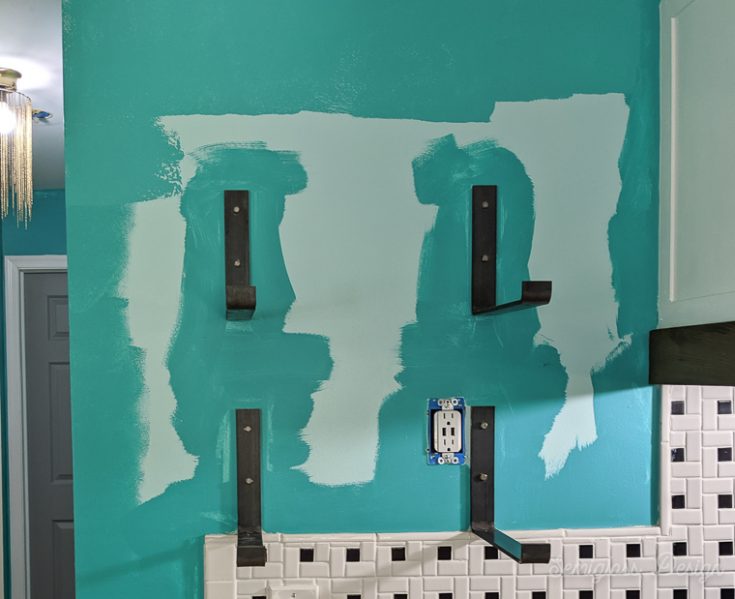
They should taper from the ferrule to the tips, and should be “flagged,” meaning they resemble split ends of hair. They should resist bending and spring back into place when you let go. When choosing a brush, hold it in one hand, and grab the bristles in the other and bend them. The ferrule is the piece of rust-resistant metal attached to the handle to cover the connection of the bristles, which are embedded in epoxy to prevent them from coming loose into the paint.Ī good brush should not be too light, too heavy, or too large or small for the job at hand. Handles can be painted or unpainted, wood or synthetic. What to Look Forīrushes have three main parts: the handle, ferrule, and bristles. One is squared off at the bottom like the larger brushes (best for wide surfaces like baseboards and door casings), while the other is angled to help paint thin surfaces like window sash. Trim brushes are 1″ to 2½” wide and come in two varieties. They are also good for painting doors, wainscoting, and wide trim. Similar to wall brushes, 3″ to 3½” cut brushes are designed to maneuver into the corners of ceilings and walls and around trim prior to rolling.

You might find brushes that are 5″ or 6″ wide, but when loaded with paint, they tend to be heavy and awkward, so the smaller size is usually best. Wall brushes are typically 3½” to 4″ wide with a squared end, and are used to paint broad expanses of clapboards, shingles, plywood, or masonry. The first thing you’ll need to consider is what type of brush is appropriate for your project.

But a well-chosen brush makes painting easier, can create a better-looking finished product, and can even shorten work time because it holds more paint. Paintbrushes are the Rodney Dangerfield of hand tools-used and abused, they rarely get the respect they deserve.


 0 kommentar(er)
0 kommentar(er)
